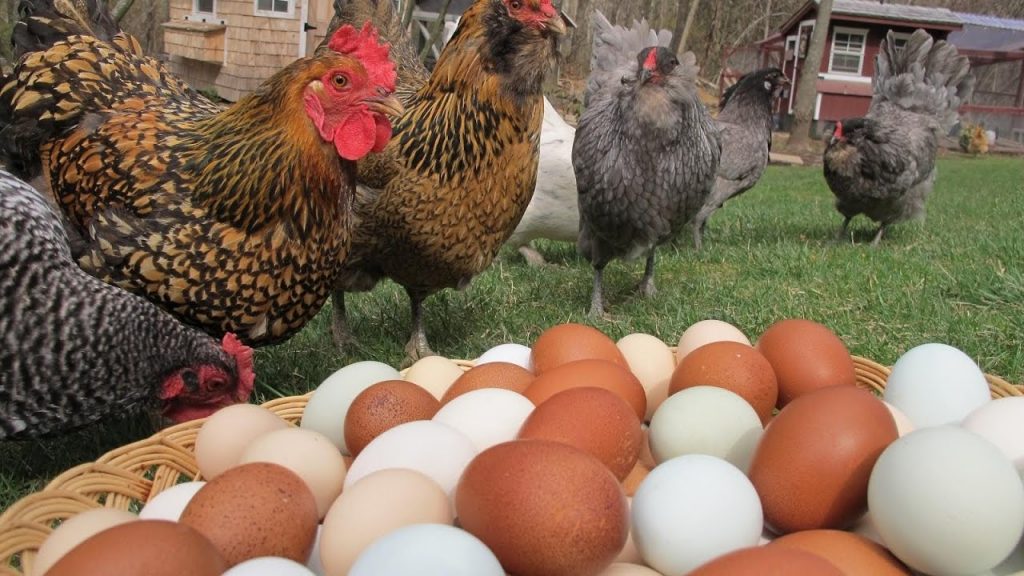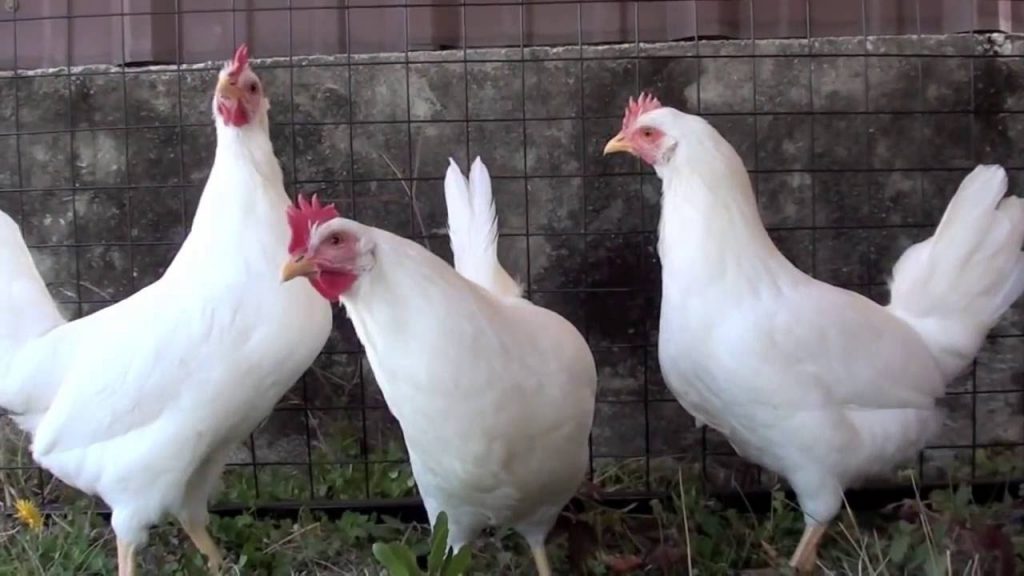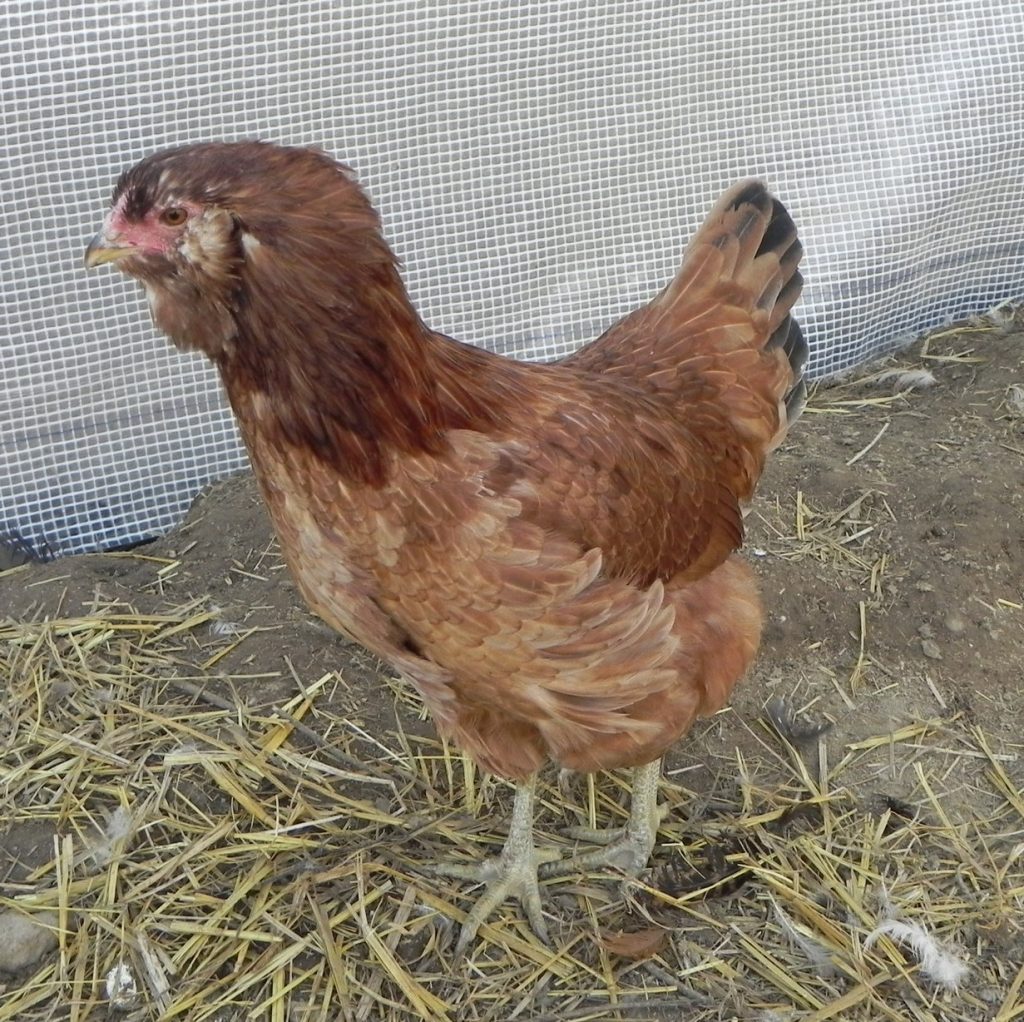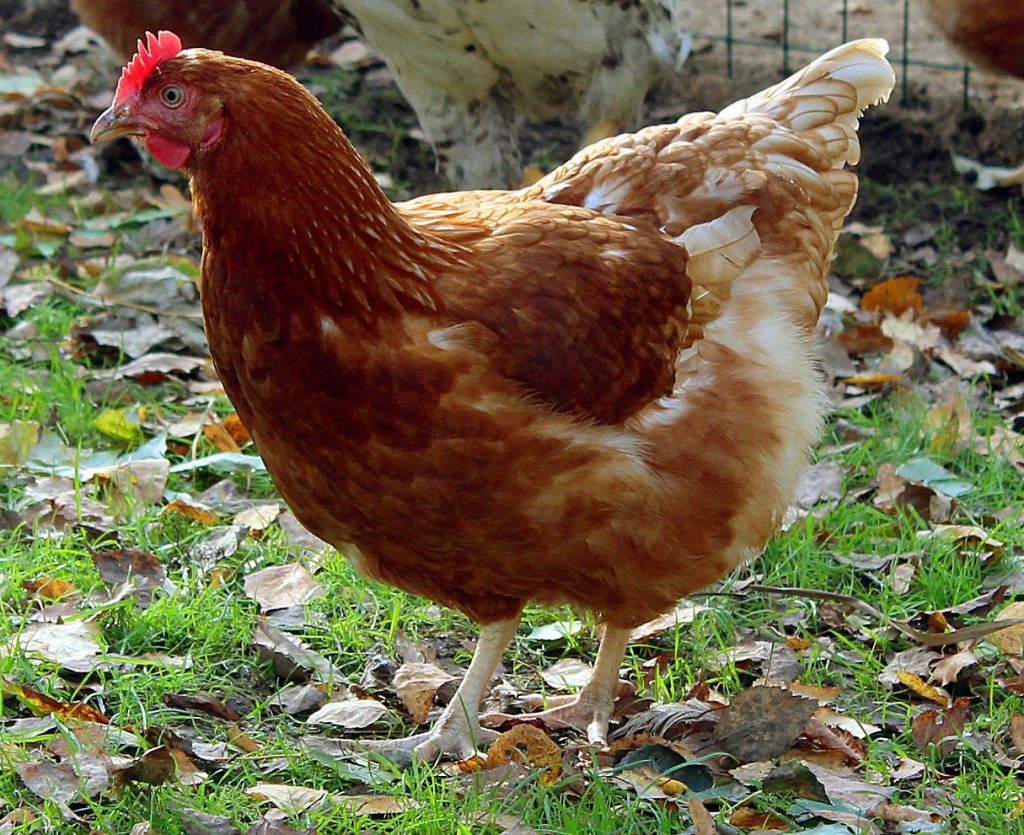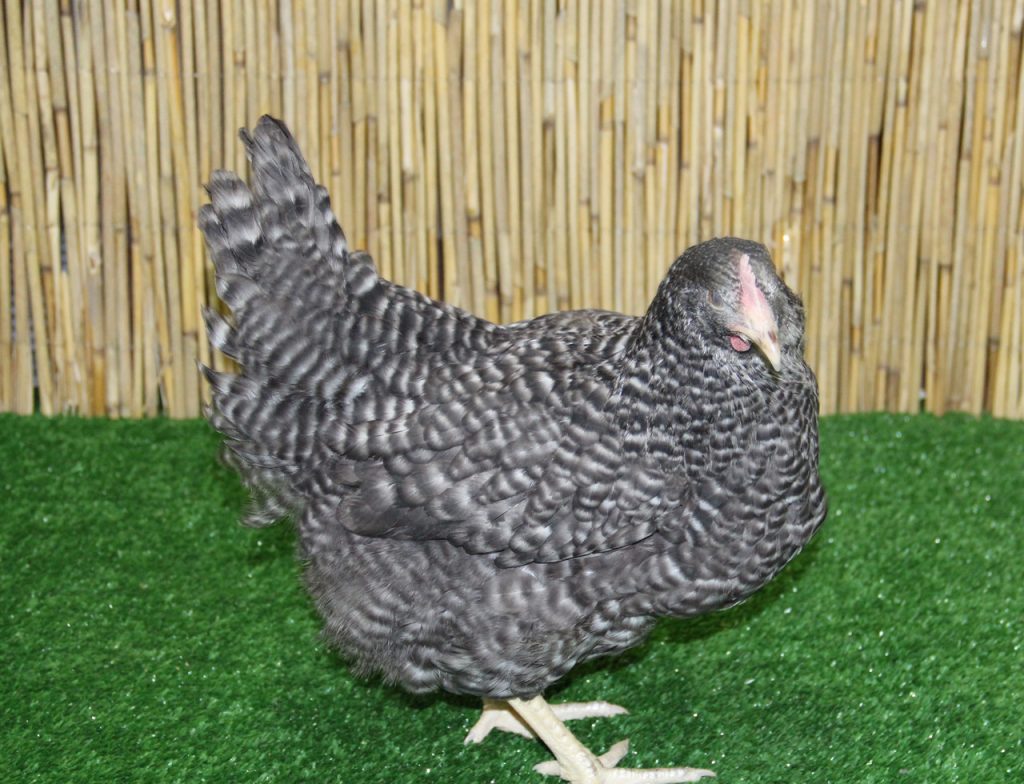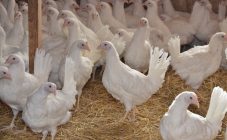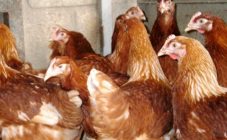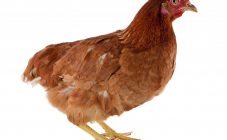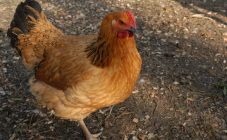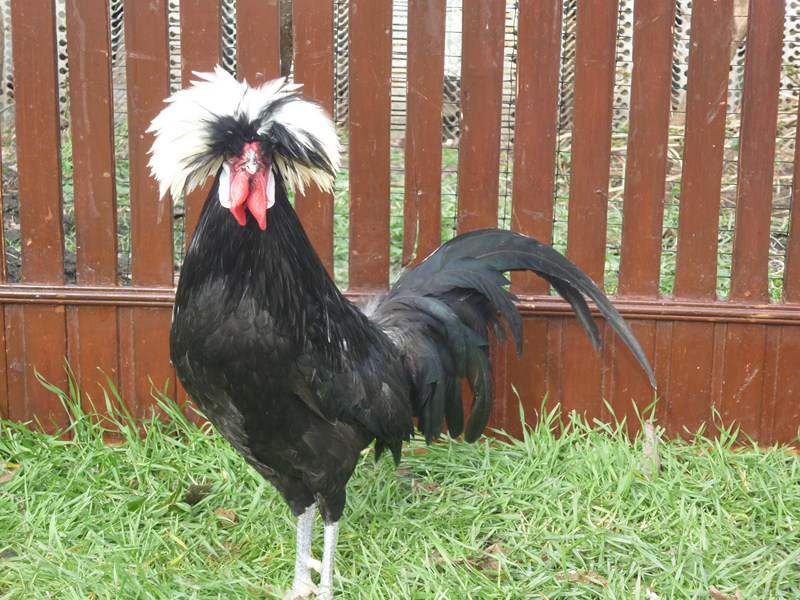Content:
The egg direction is the most popular and numerous, since such breeds have been and will be in demand at all times. This category includes laying hens - representatives of breeds with increased egg production. This category includes natural and breeder-derived breeds and crosses. What is the difference between egg breeds of chickens, which of them are the most productive and what is the secret of successful poultry farming - all this is further in the text.
Category Description
Egg chickens are a special category that has its own characteristics. To comply with this direction, a laying hen must have a number of qualities that are inherent only in the egg type. How egg-laying chickens differ:
- Early puberty - usually females in this category lay their first eggs at 4-5 months.
- Increased egg production. In some breeds of the egg category, quantitative indicators exceed 300 eggs per year.
- Light weight, compact build and light skeleton.
- Endurance.
- Increased level of activity.
The best representatives of the category have a pronounced ability to hatch and can adapt to changing climatic conditions. In addition, egg chickens are omnivorous, but there are clear recommendations for the preparation of the diet, without which it is impossible to reveal the full potential of productivity.
Best laying hens
The best breeds of laying hens for home and summer cottages are those that have great potential in egg production, do not require special attention and have good health. What breeds of chickens are the most egg-producing for home breeding - the most promising options are discussed below.
White Leghorn
The Leghorn breed was bred by Italian breeders as a highly productive egg-bearing species. Chickens Leghorn are presented in several colors, but it is white that is considered the most productive. This is a breed of chickens that has a huge egg-producing potential and adapts well to any climatic conditions. White Leghorn is successfully bred in all regions of Russia - from the south to Siberia. Description:
- compact, even thin body;
- snow-white color of the feather cover;
- scarlet overdeveloped comb and small rounded earrings;
- bristly pink face;
- white earlobes;
- yellow thin metatarsus;
- rooster weight - up to 2.7 kg;
- chicken weight - 2 kg.
White Leghorn is the result of crossing Minorcas, decorative chickens from Japan and representatives of the fighting direction. Chickens have many advantages:
- early ripening - begin to rush at 4.5-5 months;
- if you feed them well, they lay up to 300 eggs a year;
- unpretentious;
- winter hardy;
- the survival rate is up to 93% for young animals and 87% for adults.
But Italian layers also have a minus - the maximum egg production is observed only during the first one and a half years from the moment the laying began. Experienced experts note that chickens have a poorly developed incubation instinct and are not attracted as hens to get chickens.
Grunleger
Grünleger chickens are famous Austrian laying hens that lay colored eggs. For this unusual ability, they received the name "Easter chickens". In the selection, aboriginal village chickens and representatives of the Araucana breed were used. Appearance of Easter chickens:
- medium-sized trapezoidal body;
- short neck;
- wide rounded breast;
- hard plumage;
- beard and tanks;
- small head with a short erect crest;
- pink skin of the face;
- gray metatarsus;
- various colors.
Grunleger in the second generation does not give pure offspring, which is why it is considered a cross, and not a breed. The difference between Easter chickens is in a relatively long ripening period, they begin to rush at 7 months. Egg production indicators - up to 250-270 eggs per year. An additional advantage of the cross is good meat productivity and excellent taste.
In Russia, dozens of breeders and poultry farms offer the Grünleger cross for sale. Incubation material can be purchased in the Rostov region, the city of Buzuluk, Nizhny Novgorod and the Moscow region.
Lohman Brown
German highly productive egg cross with unrivaled clutch performance. The chicken is capable of carrying up to 300-320 large eggs of the highest grade in the first year of laying. After the end of the peak period, the clutch decreases:
- second year by 10%;
- the third year by 20-25%;
- the fourth year by 30-35%.
Therefore, it is inappropriate to keep laying hens after the end of the peak of productivity. Appearance and body mass indicators:
- plumage color - red, brownish;
- small head;
- serrated erect comb;
- wheat-colored beak;
- the same color of the metatarsus;
- compact body;
- the average body weight of a rooster is 2.5-3 kg, a chicken is up to 2 kg.
Loman Brown chickens will not sit on eggs - they have a poorly developed incubation instinct. In addition, to obtain offspring, you should regularly purchase incubation material from the breeder or producers.
Dominant
Chickens Dominant is a cross of Czech production, which is included in the category of egg-laying hybrids. But Dominant - chickens, which are better to choose for obtaining eggs and meat. With a relatively high consumption of feed, layers are not inferior to other highly productive crosses, not only in terms of egg production, but also in meat productivity. Color options:
- mottled;
- amber;
- red;
- blue;
- red striped;
- partridge;
Cross Dominant is distinguished by its ability to grow rapidly and mature. How much does the Dominant weigh at the age of one:
- chicken 2.5 kg;
- rooster 3.5 kg.
Cross Dominant does not have winter hardiness, therefore it is actively bred in regions with a mild climate. Suitable for content in the southern regions and central Russia, in the Crimea. In order for the birds to quickly gain weight and actively lay eggs, they are fed according to the standard for meat and egg chickens. Deficiency of protein and mineral supplements during the period of intensive growth can lead to malformations and delayed maturation.
Secrets of maximum egg production
Even the most productive chicken breeds will not be able to fulfill their potential without organizing the proper conditions and diet. What you need to do to get the most out of your egg laying hens - Basic tips from experienced poultry farmers below.
- It is necessary to organize comfortable conditions for masonry. The nests are located in the darkened corners of the house, at the rate of 1 place for 4-5 layers.
- Birds should spend full daylight hours outdoors in summer and spring. No additional lighting is required in the house.
- In winter, the daylight hours are artificially increased to 14 hours, no more.
- The room where hens live should be spacious and ventilated. Not only egg production depends on air quality, but also the health of the herd. Ventilation is installed for the winter, and daytime ventilation is sufficient in summer. The main thing is that effective air exchange does not create a draft that makes the birds sick.
- Most egg-laying chickens love activity and free range. Even those who, by virtue of their disposition, are adapted to the cellular content, rush better in free conditions
- One of the reasons for the low survival rate among layers is the abuse of premixes. They cannot be used on a permanent basis, as they eventually lead to depletion.
- It is necessary to carry out a planned replacement of livestock in a timely manner so that the maintenance of egg-laying hens is profitable.
Which chickens are best to breed for eggs and meat is a personal decision of each poultry farmer, which is made taking into account the possibilities and goals. The breeds described above are universal, suitable for breeding for commercial purposes, keeping in subsidiary plots in cities and villages. Proper organization of maintenance and feeding will allow you to get the maximum benefit.
